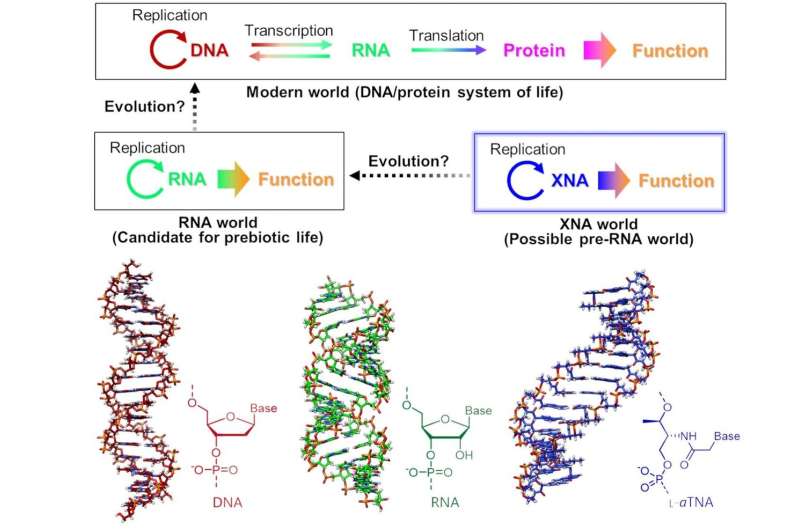Continuing Evolution Study Guide
Introduction:
Evolution occurs in reaction to external factors that cull out those who are least suited to surviving those pressures, enabling those who are more suited to thrive, live and reproduce. However, since humans have altered their habitats so drastically, some scientists have questioned whether natural selection affects our species.
Evolution as an ongoing process
Populations of organisms continue to evolve. Some of the processes of human evolutions are as follows:
Genomic evolution:
- Duplications of genes and complete genomes have accumulated and contributed to genome evolution.
- Mutations are continually occurring in an organism’s genome and can have a negative, positive, or no effect at all; yet, alterations to the genome will still occur.
- Transposable elements are DNA segments that may be introduced into the genetic code, causing alterations to the genome.
- Pseudogenes are defective genes that result from the deletion or addition of one or more nucleotides from previously functioning gene cousins.
- Exon shuffling happens when two or more exons from separate genes are joined or duplicated, resulting in new genes.
- When subsets of a species’ genes are no longer required, the genome can be reduced.
Continuous change in the fossil record:
- Fossils give evidence for the growth and evolution of life on earth over millions of years, as well as when species existed.
- Fossils are the fossilized remains or evidence of prehistoric animals, plants, and other things.
- Fossils are crucial evolutionary evidence because they reveal that life on earth is different from now.
- Paleontologists can use radiometric dating to establish the age of fossils and categorise them to identify the evolutionary links between creatures.
- Fossils indicate a path of evolution and give substantial proof that species from the past are not the same as those present now. Morphological, or anatomical, the record is made up of fossils and the comparative anatomy of modern animals. Paleontologists can deduce species lineages by analyzing the anatomy of both living and extinct species.
- This method works well for species with hardbody components like shells, bones, or teeth. The resultant fossil record depicts the development of form over millions of years and conveys the tale of the past.
Evolution of resistance to antibiotics:
- The ability of microorganisms to develop resistance to antibiotics has been an issue with antibiotic treatment since its inception.
- An antibiotic may kill nearly all of the germs that cause a patient’s condition, but a few bacteria that are genetically less susceptible to the drug’s effects may survive.
- These go on to procreate or pass on their resistance to other members of their species via gene exchange. Antibiotics have killed off or decreased the numbers of their more susceptible rivals, allowing resistant forms to spread.
- The ultimate consequence is bacterial infections in people resistant to one or more drugs that are usually effective in such situations. Antibiotics are used indiscriminately and inexactly, which promotes the spread of bacterial resistance.
Conclusion:
- According to academics, despite our ability to drastically modify the environment around us, natural processes of evolution continue to impact humans.
- Genomic changes over time indicate humans and other organisms are still evolving.
- Fossil records, evolution of resistance to antibiotics, and emerging new diseases are all examples of continuing evolution.
FAQs:
1. Does evolution through natural selection continue today?
Evolution of resistance to antibiotics and emerging new diseases are all examples of continuing evolution through natural selection.
2. How does natural selection support evolution?
Natural selection is the process hypothesized by Darwin for evolution. Because natural resources are finite, organisms with heritable features that benefit survival and reproduction will leave more offspring than their contemporaries, increasing the frequency of the traits across generations.
3. Why did humans stop evolving?
The basic logic behind the conclusion that human evolution has come to a halt is that cultural evolution supplanted biological evolution once the human lineage had developed a sufficiently large brain and a sufficiently sophisticated culture. On the other hand, many evolutionary scientists have rejected this reasoning, and some have even arrived at the opposite conclusion.
4. What influence does natural selection have on human evolution today?
Natural selection pushed us to adapt to live and reproduce in our current environment. Natural selection (‘survival of the fittest) is driven by selection pressure, and it is how we developed into the species we are today. Humans are still evolving, according to genetic research.
We hope you enjoyed studying this lesson and learned something cool about Continuing Evolution! Join our Discord community to get any questions you may have answered and to engage with other students just like you! Don’t forget to download our App to experience our fun, VR classrooms – we promise, it makes studying much more fun! 😎
Sources:
- Human evolution. https://www.nhm.ac.uk/discover/human-evolution.html. Accessed 27 Dec, 2021.
- Introduction to Human Evolution. https://humanorigins.si.edu/education/introduction-human-evolution. Accessed 27 Dec, 2021.
- Human Evolution. https://www.britannica.com/science/human-evolution. Accessed 27 Dec, 2021.


